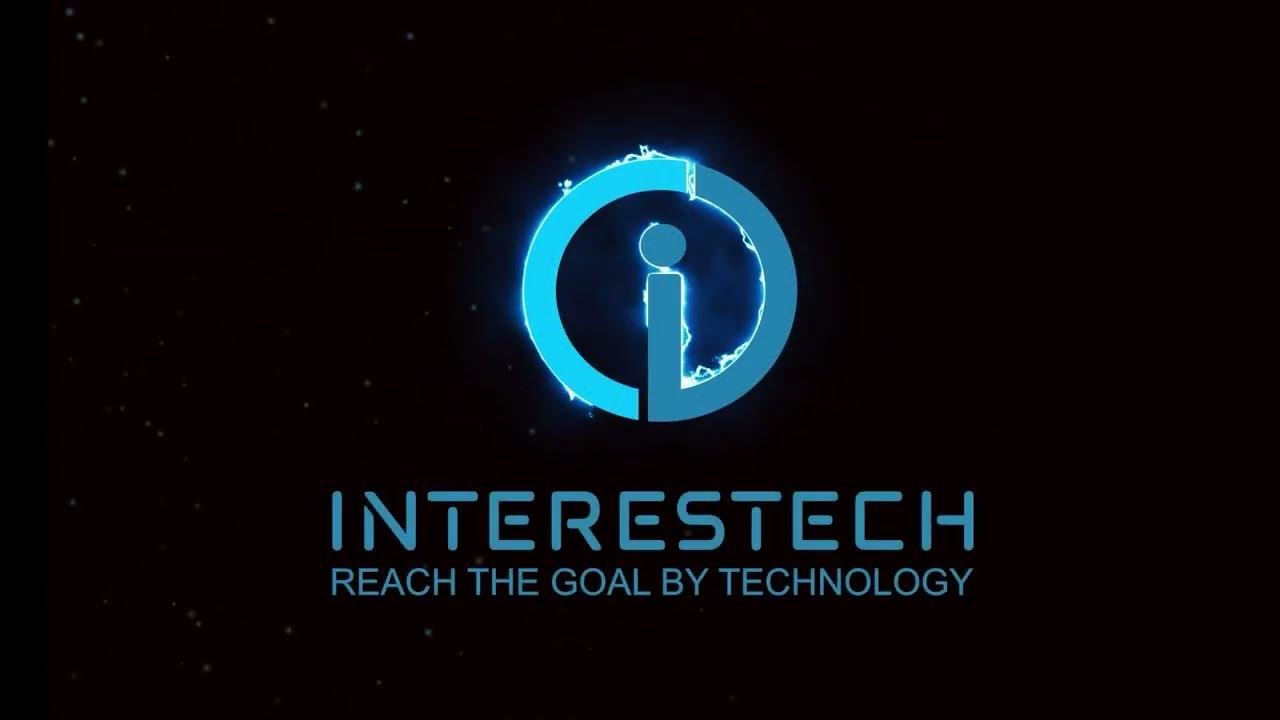SENSING
Summary
TLDRThe script delves into the fundamental components of the Internet of Things (IoT), emphasizing the crucial role of sensors and actuators. Sensors detect physical occurrences and convey this information to actuators, which then perform corresponding actions in the physical environment. The lecture explores various types of sensors, including PIR, ultrasonic, camera, and temperature sensors, each with unique capabilities tailored for specific applications. It also touches on sensor accuracy, sensitivity, resolution, and potential errors like offset, drift, and hysteresis, providing a comprehensive foundation for understanding IoT sensor networks.
Takeaways
- 🌐 The Internet of Things (IoT) fundamentally relies on sensors and actuators as its essential building blocks.
- 🔍 Sensors detect physical occurrences and changes in their surroundings, converting these into data that actuators can respond to.
- 🛠 Actuators perform physical actions in the environment based on the information received from sensors.
- 🔑 The concept of IoT involves connecting these sensing and acting components through networks, potentially including the cloud.
- 🌡️ Examples of sensors include temperature, pressure, humidity, light, and motion sensors, each with a specific function and parameter.
- 📡 The data from sensors is transmitted to connected systems, which may involve cloud integration and other technologies.
- 💧 Practical applications of IoT include agricultural fields where sensors can detect issues like water quality and trigger actions like pump activation for irrigation.
- 🔄 Understanding the distinction between sensors and transducers is crucial, as they serve different roles in IoT systems.
- 🔑 Sensors are responsible for detecting changes in physical properties, while transducers convert these changes into electrical signals.
- 🔍 The resolution of a sensor refers to its ability to detect the smallest changes in the measured quantity, with digital outputs typically having finer resolutions.
- 📈 Sensors can be categorized as analog or digital, scalar or vector, based on the type of output they provide and whether they measure magnitude or direction.
- 🛑 The script also touches on sensor errors such as sensitivity errors, offset errors, drift, noise, and hysteresis, which are important to consider in IoT applications.
Q & A
What is the fundamental building block of the Internet of Things (IoT)?
-The fundamental building block of IoT is sensors and actuators. Sensors detect physical occurrences and actuators perform actions based on the information received.
How do sensors and actuators work together in IoT?
-Sensors detect changes in the environment and send this information to connected systems, which then instruct actuators to perform necessary actions based on the input received.
What is a passive infrared (PIR) sensor used for?
-A passive infrared sensor is used for detecting motion by sensing the infrared radiation emitted by objects in its field of view.
How does an ultrasonic sensor measure distance?
-An ultrasonic sensor measures distance by emitting ultrasonic sound waves and then listening for the echo to determine the time it takes for the sound to return, which is used to calculate the distance.
What is the role of a camera sensor in IoT applications?
-A camera sensor in IoT applications can be used for various tasks such as motion detection, object recognition, and image capturing for surveillance or monitoring purposes.
What is the difference between a sensor and a transducer?
-A sensor detects and responds to changes in physical properties, while a transducer converts the detected changes into electrical signals that can be processed or transmitted.
What are the types of errors that can occur in sensors?
-Sensors can have various types of errors including sensitivity errors, offset errors, drift, noise, hysteresis, and quantization errors.
What is an example of a sensor used for detecting temperature changes?
-A thermistor or thermocouple is an example of a sensor used for detecting temperature changes.
How can the resolution of a sensor be defined?
-The resolution of a sensor is defined as the smallest detectable change in the measured physical quantity that the sensor can detect.
What is the difference between analog and digital sensors?
-Analog sensors provide a continuous output signal that changes with the measured quantity, while digital sensors provide discrete output signals, typically in the form of binary values.
What is the purpose of a sensor node in IoT?
-A sensor node in IoT is used to collect data from the environment using various sensors and then transmit this data to a central system or network for processing and analysis.
Outlines

此内容仅限付费用户访问。 请升级后访问。
立即升级Mindmap

此内容仅限付费用户访问。 请升级后访问。
立即升级Keywords

此内容仅限付费用户访问。 请升级后访问。
立即升级Highlights

此内容仅限付费用户访问。 请升级后访问。
立即升级Transcripts

此内容仅限付费用户访问。 请升级后访问。
立即升级5.0 / 5 (0 votes)






